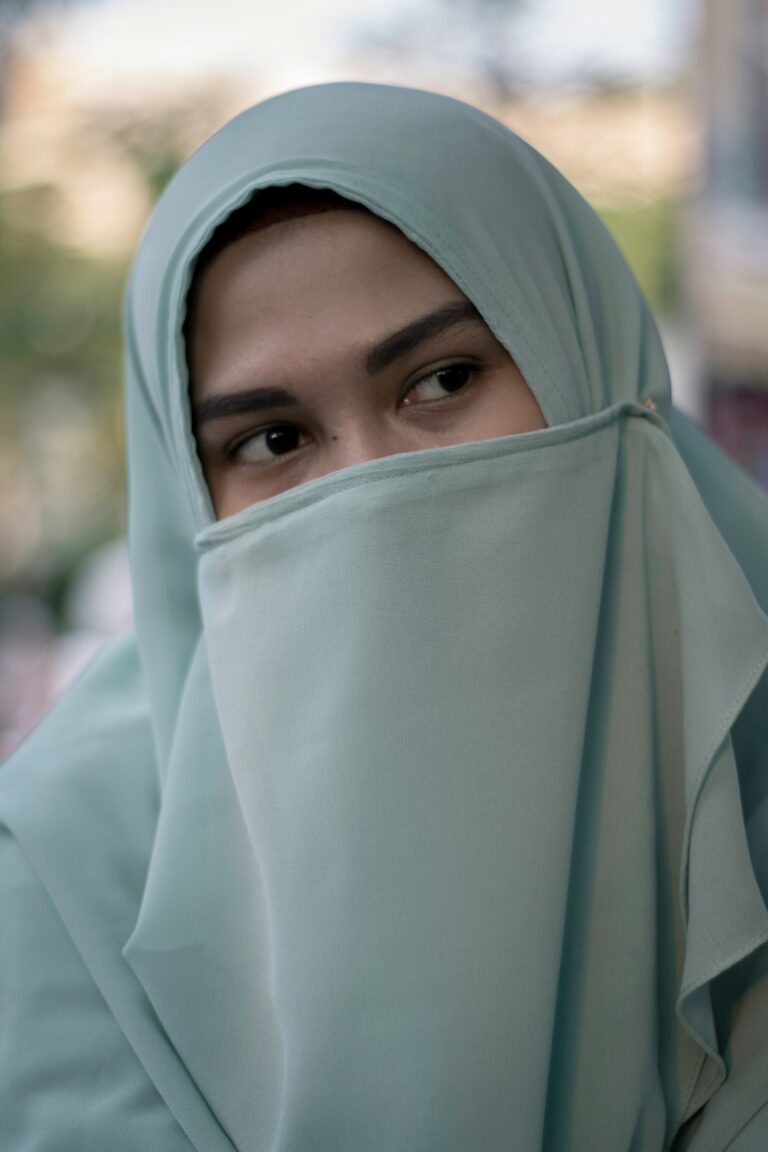The ingenuity of the Caribbean drug trade

Drug trafficking is an illicit global trade involving the cultivation, manufacture, distribution, and sale of substances which are subject to drug prohibition laws in Trinidad and Tobago.
Over the past decades, there has been a concerted regional effort to track illicit drug production, drug trafficking as well as governments’ interventions in illicit drug markets. Although drugs continue to represent a major source of revenue for organized criminal groups, business models are changing. Criminals are exploiting new technologies and networks, such as the Darknet (i.e. an encrypted virtual network), that are altering the nature of the illicit drug trade and the types of players involved. While it may be difficult to pinpoint which specific group is responsible for most of the illegal drugs entering the island, it may be safer to say that parts of South and Central America are largely responsible for its production and distribution. For instance, it has been found that organized criminal groups operating in virtual networks tend to have looser ties and to be organized in horizontal structures (as opposed to vertical or hierarchical structures). Smaller groups are becoming more significant.

With the rise in technology smugglers are using it to their advantage to keep their dope under wraps. For example, the rise in vehicular alterations is much more significant with smugglers cutting vehicle tires, unbolting their seats and altering tail light of vehicles are just a few ways drug dealers are hiding their illegal merchandise. The sophistication of drug couriers today is significantly enhanced beyond what it was 20 years ago. The ingenuity of drug mules to use high-tech methods of concealing contraband is making the jobs of law enforcement difficult and much more challenging.
Law enforcement organisations has to be more proactive in their pursuit because, oftentimes, they are one step behind the game. A good example is the taillight contraption. This is where smugglers use larger more modern vehicles to conceal contraband; law enforcement had to do complicated switches just to unlock the light fixtures to get the contraband out. With the assistance of sniffer canines and bulky expensive x-ray machines, officers spend countless hours searching for the hidden switches in order to unlock the secret compartments filled with contraband. These jobs are professionally done and law enforcement either don’t have the tools or training to detect mechanic-savvy jobs. These jobs are usually the illegal operations of drug couriers who can afford to hire their own mechanics to fabricate hidden compartments for illegal merchandise.
Some of the challenges faced by governments in the region has revealed that weak law enforcement capacity and corruption are instrumental in keeping the illicit market resilient. Corruption has been found to exist all along the drug supply chain, from production and trafficking to distribution, and it affects a wide range of institutions: eradication teams, law enforcement agencies, the criminal justice system as well as the health sector – for instance when users can get drugs through corrupt doctors and pharmacists, they tend to look outward to the smugglers for supplies.

Following the money trail of the drug market has proven to be one of the most effective approaches to combating drug trafficking. Drug trafficking is driven by profits, and identifying the flows related to those profits as well as the investment and laundering channels can function as effective counteraction. Strengthening international cooperation in preventing and countering money-laundering also helps to reduce or eliminate the potential negative economic and social consequences of illicit activities.
Some strategies that may be used to combat drug trafficking is the collaboration among law enforcement agencies, health and social services agencies can help reduce demand, which fuels drug trafficking activities which often involve violence and crime. Treating addicts and preventing the onset of drug use can complement law enforcement efforts to reduce supply.
To combat the offshore distribution flow, there must be a collaborative effort among island nations dedicated to disrupting regional drug trafficking networks. This collaboration might include fleets from international actors with high-tech equipment like sonar and underwater ROV to detect submarines and smaller speed boats that may go undetected by the islands’ coast guard. This collaboration is a step in the right direction to combating the sophisticated drug smugglers.
Subrina Hall-Azih is a Trinidadian educator living in New York.






